Jul . 25, 2025 16:01 Back to list
Durable Vinyl Rail Fencing Low-Maintenance Ranch Farm
The fencing industry has witnessed revolutionary changes with the introduction of advanced polymer materials. Vinyl rail fencing has emerged as a dominant solution, surpassing traditional wood fencing in durability and maintenance requirements. This comprehensive guide examines the technical specifications, installation best practices, and comparative advantages of vinyl rail fencing systems.
As agricultural and residential properties increasingly adopt modern fencing solutions, vinyl rail fencing offers the perfect combination of rustic aesthetics and contemporary performance. The evolution from wood to vinyl represents a significant technological leap in fencing materials, providing property owners with maintenance-free solutions that withstand extreme weather conditions while preserving visual appeal for decades.
Premium Vinyl Fencing Solutions
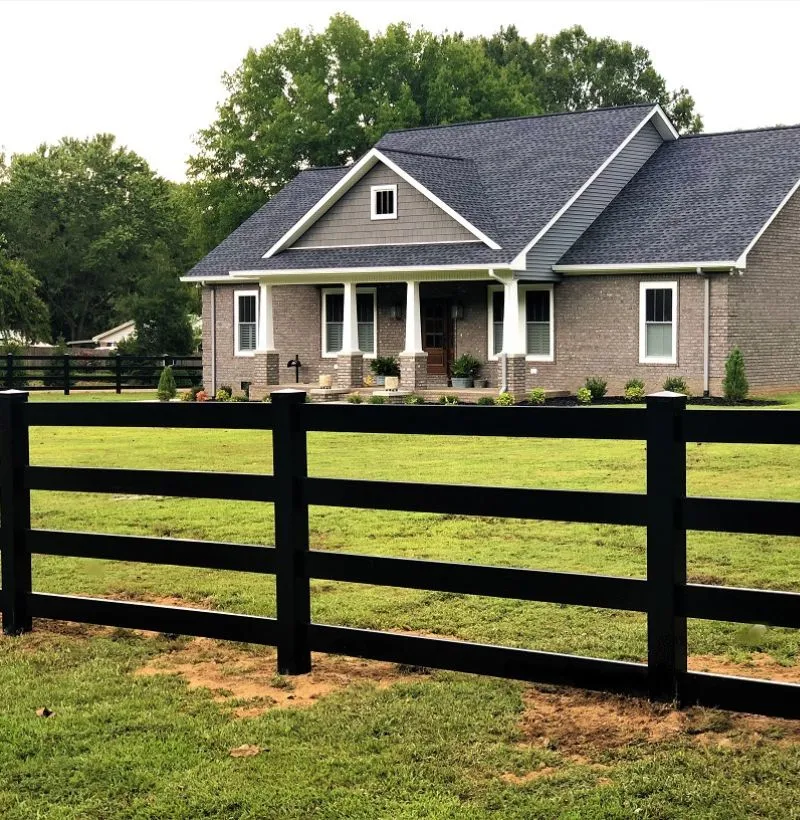
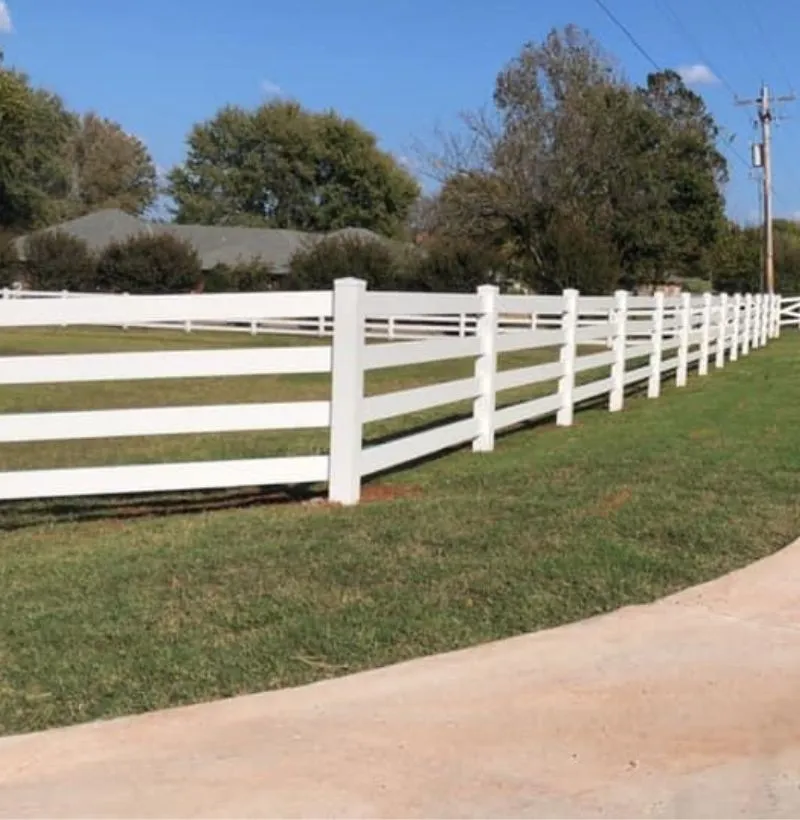
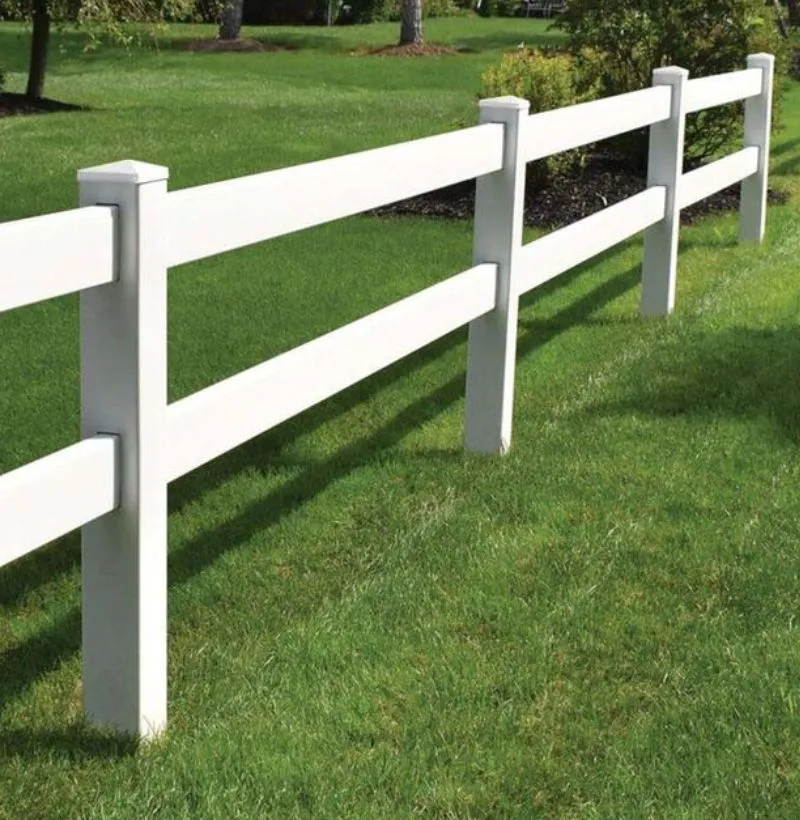
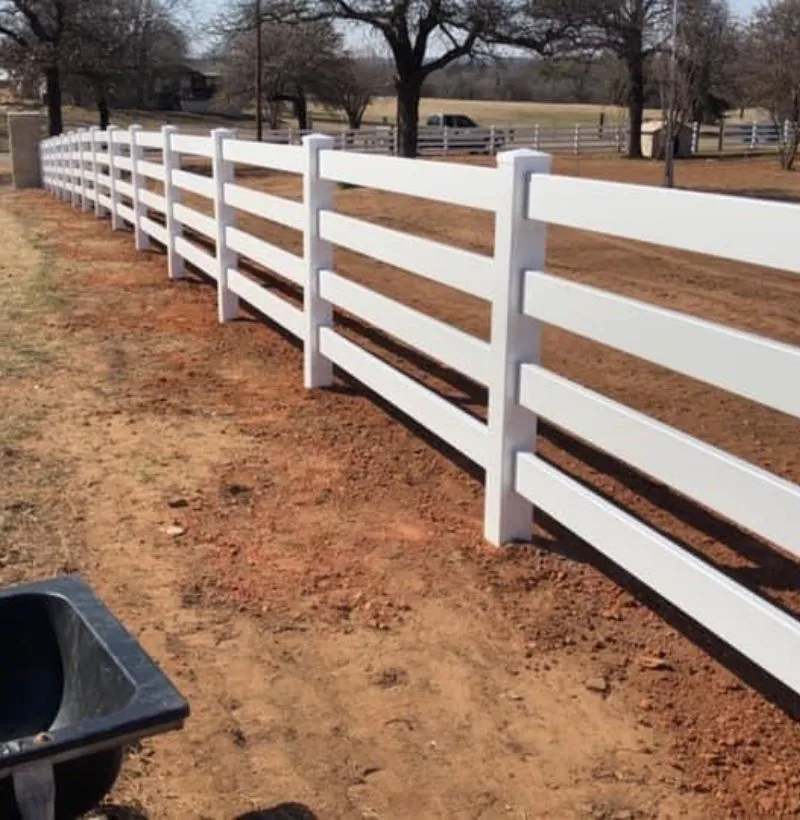
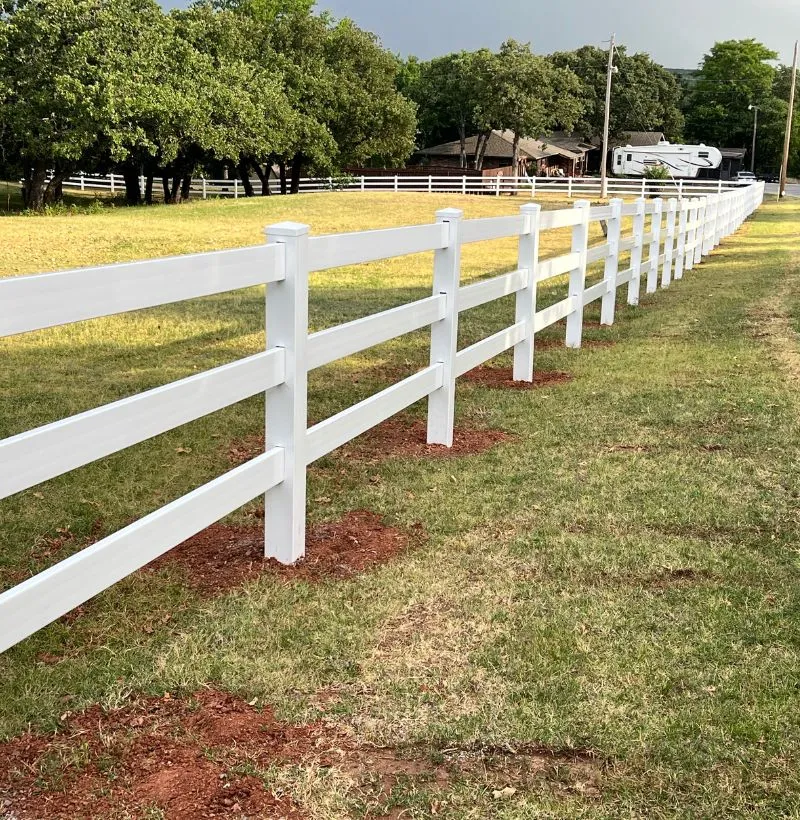
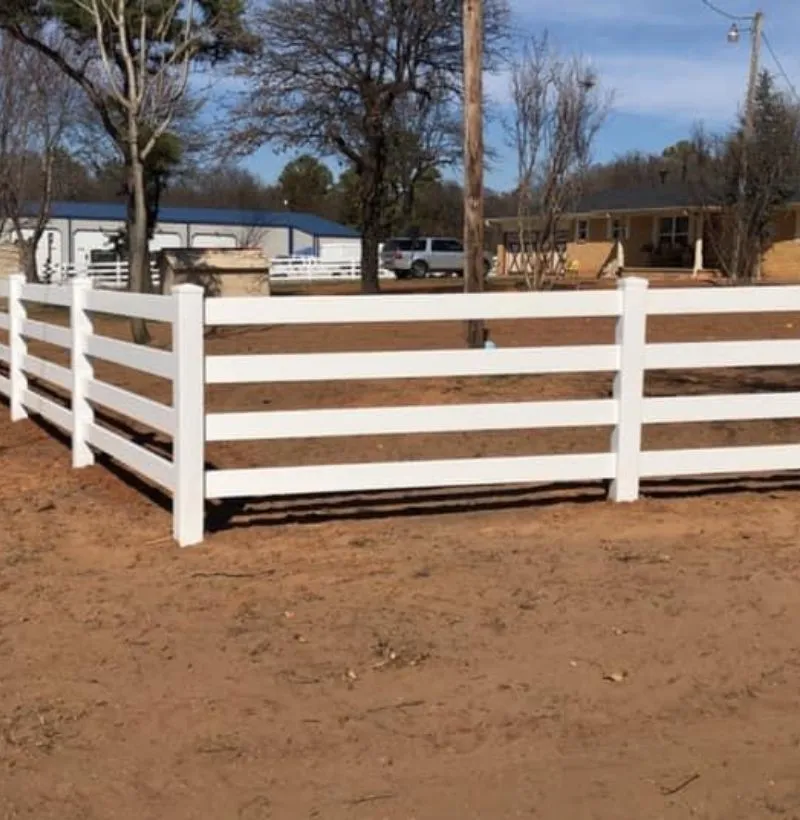
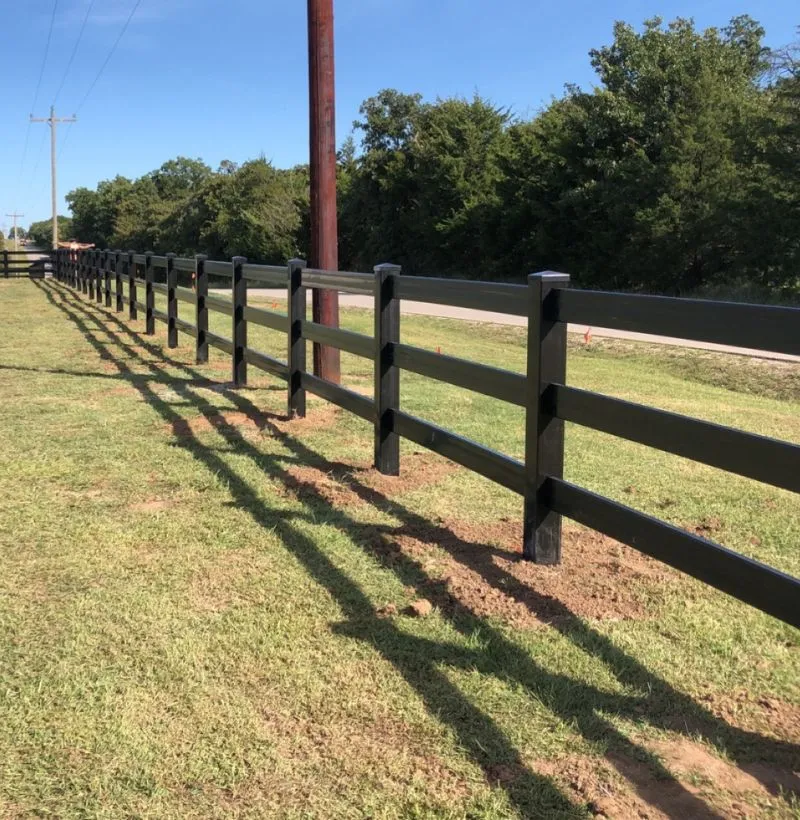
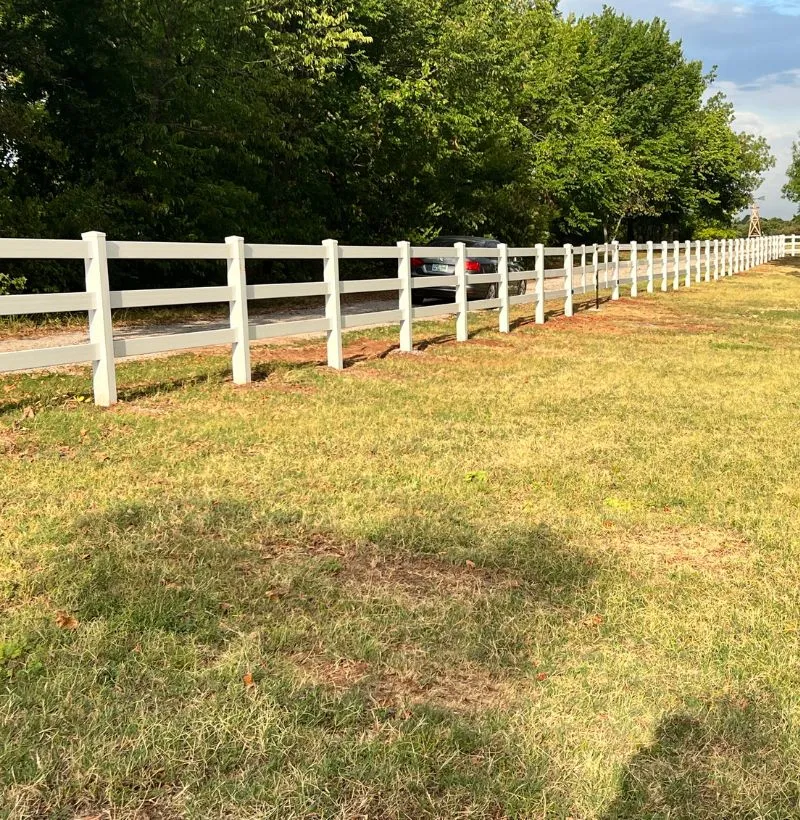
Bangjun Vinyl Ranch Rail Fencing
Hebei Bangjun Metal Products presents its premium solution: Vinyl Ranch Rail Fencing - Durable, Stylish & Maintenance-Free. Engineered for superior performance, our fencing systems utilize high-quality virgin vinyl compounded with UV inhibitors and impact modifiers to create products that withstand decades of environmental exposure without degradation.
Unlike traditional wood fencing that requires periodic staining and repairs, Bangjun's vinyl rail fencing maintains structural integrity and appearance with minimal upkeep. The innovative formulation prevents common issues such as cracking, warping, and color fading that plague conventional fencing materials. As industry leader Dr. Robert Hayes notes, "Modern vinyl formulations can maintain 95% of initial impact strength after 25 years of UV exposure, outperforming all wood alternatives."
Technical Specifications & Comparative Analysis
| Parameter | Vinyl Rail Fencing | Traditional Wood | Aluminum Rail Fencing | Industry Standard |
|---|---|---|---|---|
| Lifespan | 30+ years | 7-15 years | 20-25 years | ASTM D6864 |
| Maintenance Frequency | None required | Annual cleaning/staining | Biannual cleaning | NFRC 102 |
| Impact Resistance | High (5.5 ft-lb/in) | Moderate (3.2 ft-lb/in) | Medium (4.1 ft-lb/in) | ASTM D256 |
| Temperature Range | -40°F to 160°F | Varies with species | -20°F to 140°F | ASTM E84 |
| UV Resistance | Excellent | Poor (requires sealant) | Excellent | AAMA 624 |
| Installation Time (100 ft) | 4-6 hours | 8-10 hours | 6-8 hours | FSC-STD-40 |
| Cost Per Linear Foot | $8.50-$12.00 | $6.50-$10.00 | $15.00-$25.00 | MFMA-1 |
Industry Applications & Design Advantages
Modern vinyl rail fencing serves diverse applications across multiple sectors. In equestrian facilities, PVC formulations provide non-splinter surfaces critical for animal safety. Agricultural operations benefit from the chemical resistance that prevents corrosion from fertilizers and pesticides. Residential properties value the authentic ranch-style appearance without maintenance demands that ranch rail fencing traditionally required.
The architectural flexibility of vinyl rail fencing enables custom configurations ranging from traditional 2-rail designs to enhanced 4-rail security fencing. Post spacing options vary from 6-10 feet depending on terrain requirements, while color consistency throughout the material eliminates visible scratches and wear. Landscape architects increasingly specify PVC solutions, with a 2024 ASLA survey indicating 72% of residential designers now recommend vinyl rail solutions over wood alternatives.
Professional FAQ: Vinyl Fencing Expert Insights
Virgin vinyl (often referred to as rigid PVC) contains proprietary UV stabilizers and impact modifiers not found in recycled materials. Virgin compounds exhibit consistent density throughout the profile, ensuring uniform color retention and resistance to thermal expansion. Bangjun's formulation meets ASTM D6864 Class 1 standards with 85% virgin content ensuring premium performance.
Equine specialists recommend 3-rail configurations with vertical spacing of 12" between rails to prevent hoof entanglement. For cattle, 2-rail designs with 16" spacing provide adequate containment while maintaining visibility. ASTM F2075 specifies maximum 9" clearance for foal safety in breeding facilities.
Vinyl fencing requires special installation protocols in extreme climates. Below 40°F, installation crews must pre-stress materials to prevent cold cracking. Above 90°F, expansion gaps require adjustment (minimum 1/4" per 10 feet) to accommodate thermal expansion. The AAMA Vinyl Fenestration Standard 303 provides detailed guidelines.
Post depth should extend 12-18" below regional frost lines with 6" of compacted aggregate at the base. Concrete footings require 30% greater diameter than posts in USDA Hardiness Zones 1-4. For example, a standard 4" post would require 5.5" diameter footing in Minnesota versus 4" in Georgia.
Vinyl fencing systems must meet IBC Section 1609 wind resistance standards for geographical zones. Coastal installations require ASTM E330-certified systems with minimum 100 mph ratings, typically achieved through 36" post spacing with reinforced cores. Interior installations typically require 75 mph certification with standard 8-foot spacing.
Premium vinyl fencing contains TiO2 (titanium dioxide) at 12-16% concentration which scatters UV radiation, plus specialized light stabilizers like HALS (Hindered Amine Light Stabilizers) that terminate degradation reactions. These formulations maintain 96% of tensile strength after 10,000 kJ/m² UV exposure per ASTM G154 Cycle 1 testing.
Vinyl fences reduce deforestation with a single installation replacing 2-3 wood fences over typical lifespan. Production emissions are 37% lower than aluminum alternatives (per USEPA Materials Selection Data). End-of-life recycling through emerging chemical technologies demonstrates 85% material reclamation rates in commercial programs.
Industry Perspectives & Future Directions
The evolution of vinyl rail fencing represents a significant advancement in sustainable property solutions. As noted in the American Fence Association's 2023 Technical Review, "Vinyl formulations now achieve lifespans exceeding original projections by 40% due to advanced polymer engineering, setting new durability benchmarks."
-
Reinforcing Mesh: Core Material of the Construction Industry
NewsJul.07,2025
-
Welded Wire Fabric Reinvented for Modern Projects
NewsJul.04,2025
-
Superiority of Stainless Steel Woven Mesh
NewsJul.04,2025
-
Key Types of Razor Wire and Their Applications
NewsJul.04,2025
-
Durable Metal Fence Types for Security
NewsJul.04,2025
-
Best Materials for Livestock Fence
NewsJul.04,2025
products.







